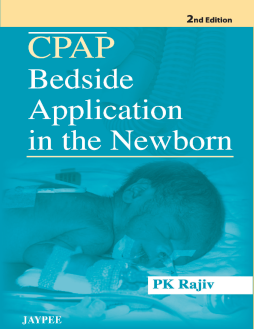
Additional Information
Book Details
Abstract
Doody Rating : 3 stars : The incidence of low birth weight and prematurity remains high in many countries and neonatal mortality and morbidity continue to be major health resource problems. Respiratory disorders form a major chunk contributing to neonatal mortality. There remains an emergent need to streamline the health delivery into a three-tier system which is hospital-based, and the use of indigenous or low cost systems of respiratory assistance. Neonatal research is evolving day-by-day and a lot of advances have been made in the respiratory support of sick newborns. In the 1970s, Gregory by his principle of application of CPAP created a distinct awareness based on its singular impact in neonatal respiratory care. This initiated the innovative advances in the generation and delivery of CPAP. The concept of gentle ventilation and preservation of spontaneous breathing of infants made by Dr Jen Wung, Columbia University in the 1970s threw new light in the utility of CPAP in neonatal respiratory disorders. The impact of the ever-increasing cost of neonatal intensive care on the distribution of health resources must not be underestimated. In the current economic status of a country, it is important for professionals who deal with newborn infants to review their practices and identify ways and methods of providing effective care in a cost-effective manner. CPAP is the simplest, effective and economic way of respiratory support, which when practiced universally in a structured fashion, would save thousands of lives. It is a device of respiratory assistance suitable in all the countries where everyone cannot afford costly ventilation and surfactant. In this given scenario, every health care personnel dealing with newborn care should have a sound working knowledge of CPAP. These logistic implications made me to write this book. It is structured in such a way, to present the practical aspects of CPAP in a simple and user-friendly way. This book is intended to be used as a handbook by pediatricians and health care personnel who care for the neonates in a nontertiary institution. This book will serve the purpose of giving critical guidelines in the bedside management of CPAP to health care professionals dealing with neonatal respiratory care.
